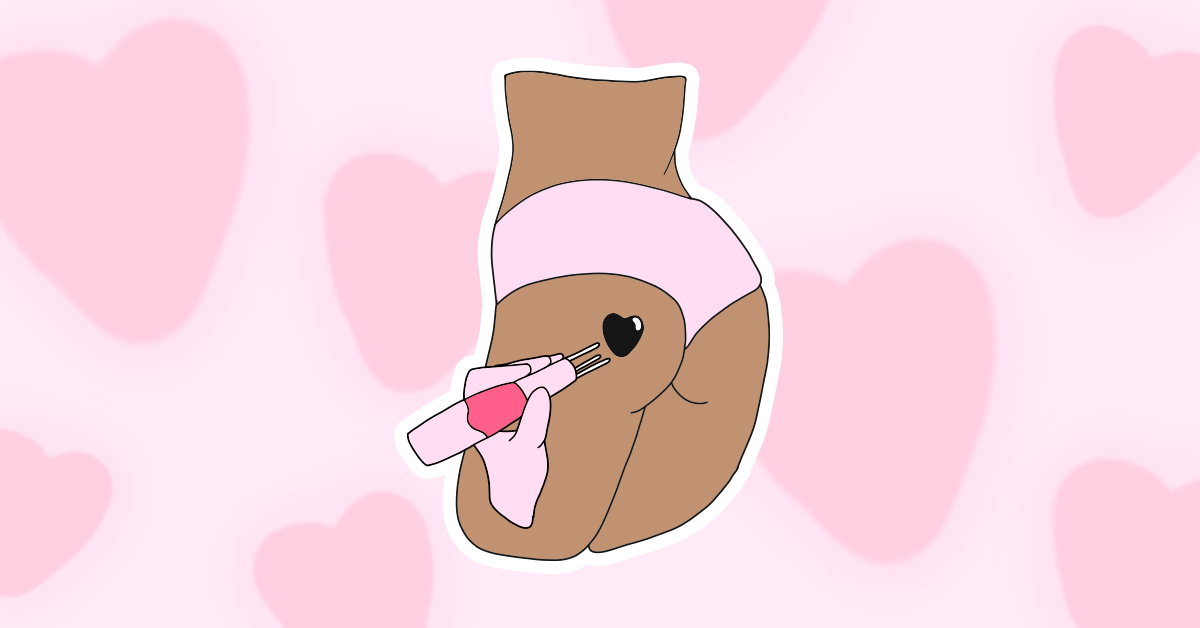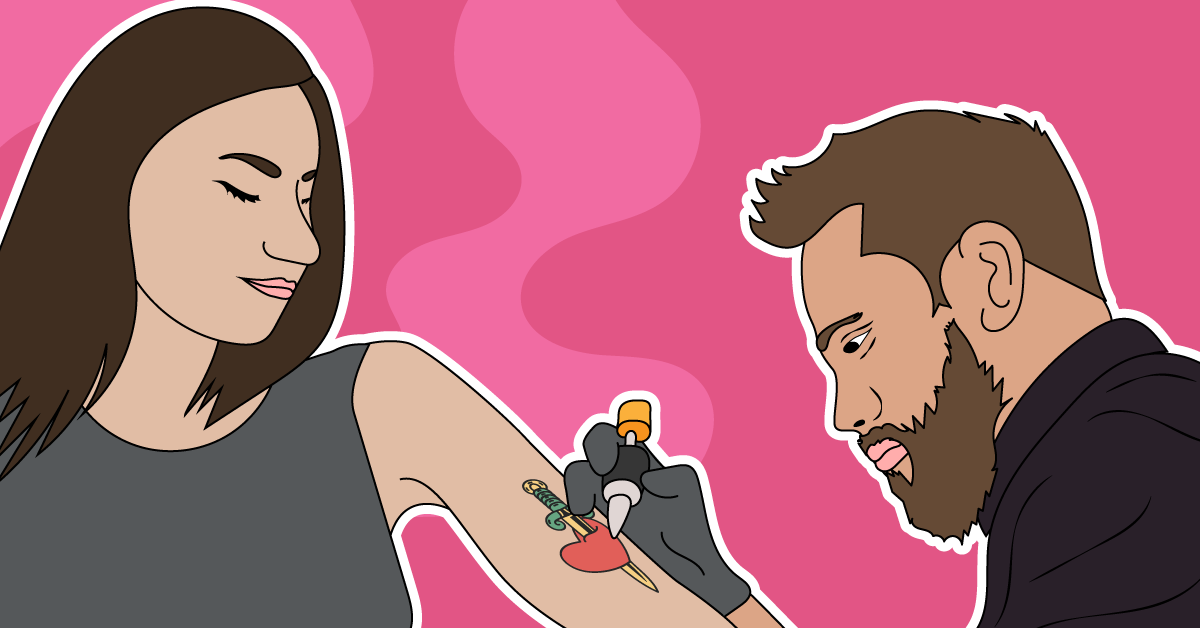Tattoo Removal
How To Prepare For Laser Tattoo Removal
That unsightly tattoo seemed like a good idea at the time. Now you want it gone. If this describes you, then you need laser tattoo removal. Laser technology is advanced enough to where there is little pain and effort in removing tattoos. It fades even the most seemingly stubborn tattoos. And your regret fades with it.
Here’s the low-down on laser tattoo removal — how it works, how to prepare for your first treatment, and what a session is like.
Laser Tattoo Removal Science
As a science, laser tattoo removal works like magic. It targets pigment colors in the skin’s dermis, the layer of skin between the epidermis and subcutaneous tissues. Tattoo pigments absorb light beams and then fragment. Your body absorbs the pigment fragments and eliminates them.
The most common type of laser for tattoo removal, the Q-switch produces light pulses of extremely high peak power. Several types of Q-switch lasers exist. Each one targets a different color spectrum at different wavelengths. The Q-switch laser’s precise, intense beam fragments tattoo pigment instantly, sparing the surrounding tissue from needless damage.
Laser Tattoo Removal Session Prep
If you’re considering tattoo removal, you should consult a medical health professional. She can explain your options and help you choose the most effective one. She’ll also review your medical history, discuss risks and benefits, and take photos for before-and-after assessments. Here’s what you want to do before your first session:
- Eat a full meal or snack before your appointment. Clients sometimes get light-headed because they come on an empty stomach. Also, make sure you have had plenty of fluids
- If you’re a smoker, consider quitting. Cigarette smoke slows healing and increases the risk of complications
- Avoid sun exposure, use sunscreen, and cover-up for four weeks prior to your first laser tattoo removal session. Tanned skin looks great, but it is more prone to adverse reactions
- Wear loose-fitting clothing over the area to be treated
- Consider taking Tylenol or another nonaspirin pain medication before your procedure. This can help alleviate any potential discomfort
- Avoid taking aspirin and ibuprofen: They may cause you to bruise after your treatment
- Make sure the area to be treated is clean and free of lotions, perfumes, and cosmetics
The Laser Tattoo Removal Session Itself
Before a laser tattoo removal session, your medical professional will determine which type of laser to use and how many treatments you’ll need. The number of required treatments is based on the tattoo’s age, size, type, and pigment depth. Before determining an appropriate treatment plan, your medical professional will first test the laser on your skin to see how it reacts.
So what happens during a laser tattoo removal treatment? Before the session starts a medical professional will apply an anesthetic cream, and you’ll be given protective eye gear to wear, along with a cooling device. The medical professional will then gently place a handpiece against your skin and deliver laser pulses to the tattoo pigment. With each laser pulse, most people experience a sensation similar to a rubber band snapping against their skin. The amount of laser pulses depends on the tattoo’s size, but most treatment sessions only last a few minutes.
You may experience minor bleeding, redness, swelling and blistering for several hours or days following treatment. The next several weeks may see the treated area flaking, peeling and scabbing. Handle the treatment site gently. While the site is healing, you should avoid sun exposure and public swimming pools. Once the skin has completely healed (usually four to six weeks after treatment), you can undergo additional sessions.
For all Your Laser Tattoo Removal Needs
Want to learn more about laser tattoo removal? Then schedule a free, no-obligation consultation today by emailing LaserAway.com or calling the staff at LaserAway at (888) 965-2737. LaserAway looks forward to making sure you never have to shave or wax again.


